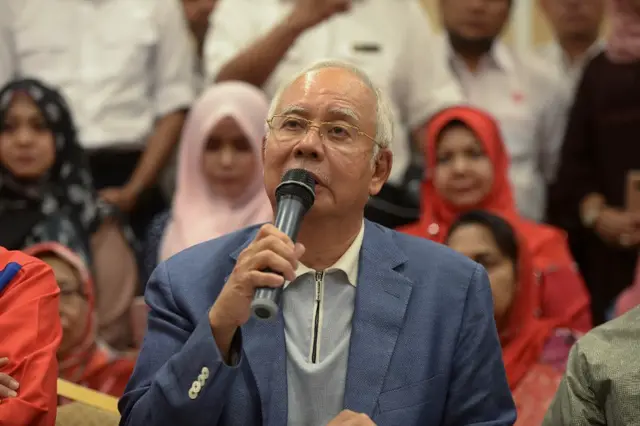There is a point in one's life when you want to take a glimpse at the past and reminisce about the good old days even as you look forward to the future, and this is what the City Museum Kathmandu (CMK) is offering to the Nepali people, according to museum director Kashish Das Shrestha.
In a talk with Xinhua on the occasion of the observance of the International Museum Day on May 18, Kashish Das Shrestha said they are using different mediums in the museum, such as photography and other art forms, to create an ambience where people can appreciate and talk about Nepal's past, present and future.
Nepal is considered as one of the fastest urbanizing countries in South Asia and the museum, which officially opened its doors this week, encourages visitors to think about the idea of cities, shared spaces and the process of urban development.
Located in the heart of Kathmandu, the museum is modeled after old alleys and courtyards. It was constructed using more than 10, 000 bricks recovered from the homes demolished in the course of the recent road expansion project in Kathmandu Valley.
"People should be able to find a visual context to where they are and what is happening to their shared spaces, cities and communities," Kashish Das Shrestha said.
He added that he drew inspiration for the museum from his grandfather, a life-long photographer who died in 2004 and whose images of Nepal were never exhibited in his own country but had traveled across the world in the form of postcards. The museum's founding collection now showcases the archives of the Das Shrestha family and the works of other lensmen who pioneered photography in the country.
"When I first organized an exhibition with my grandfather's photos in 2007, the response was so strong that schools brought students just to show what Kathmandu used to look like. This is when I realized that something like this needed a permanent home," Kashish Das Shrestha said.
The photos depicting the old Kathmandu Valley and its inhabitants serve as a sort of time machine. They provide a glimpse of the past with a sense of nostalgia, and simultaneously raise questions about Nepal's inevitable -- but at the same time chaotic -- process of urbanization.
"We want to make sure that people coming to the museum would feel a piece of history. We are planning to select at least one image a year from our archives and to make it a public domain," said Kashish Das Shrestha, adding that through this way, people will have a sense of ownership of their natural and cultural heritage.
Looking at the archive photos, the viewer gets a sense of how Nepal has changed over time. The country is undergoing a significant spatial transition, with an average urban population growth of approximately 6 percent per year since the 1970s.
The movement of people to areas of jobs and better economic opportunities has led some 20 percent of Nepal's population to presently live in urban areas which generate about 65 percent of gross domestic product, according to the World Bank.
As part of CMK's pre-opening events, the contemporary exhibition on Kathmandu City, "The Use of Spaces and Lines " by the German artist Alexander Rosenkranz, curated by Federico Mazzuoli, explored the permanent changes affecting Nepal's capital through analog photography and video loops.
"As an organization that is committed to becoming an art incubator, it is definitely one of our main aims to take our art abroad and to bring international art to Nepal," Kashish Das Shrestha said.
Today, Nepal is looking forward to a sustainable future and the role of the CMK is to inspire people to look forward to the future but without forgetting their rich cultural and historical heritage, the museum director said.
 简体中文
简体中文


